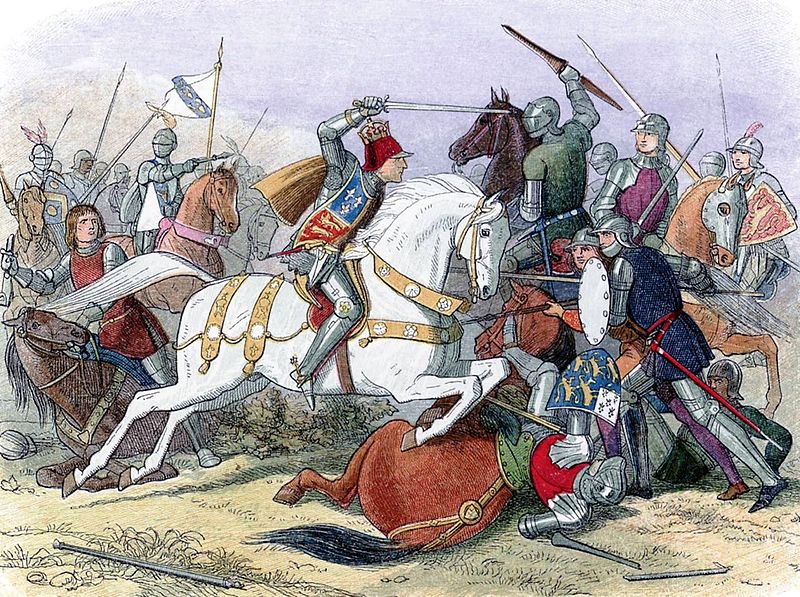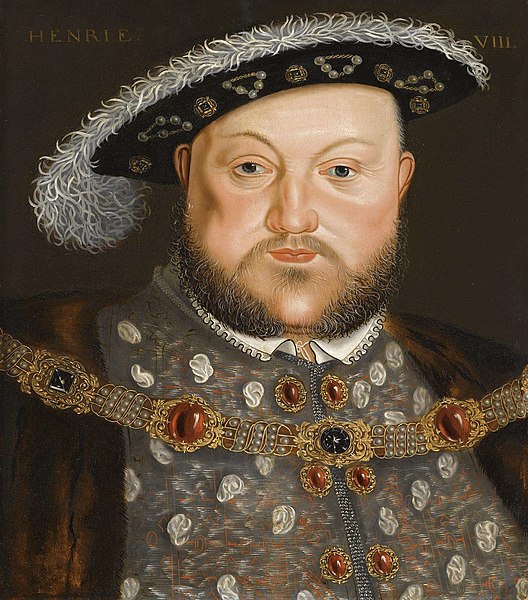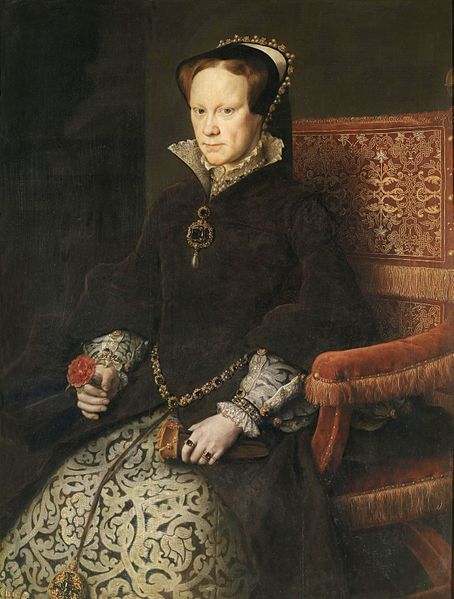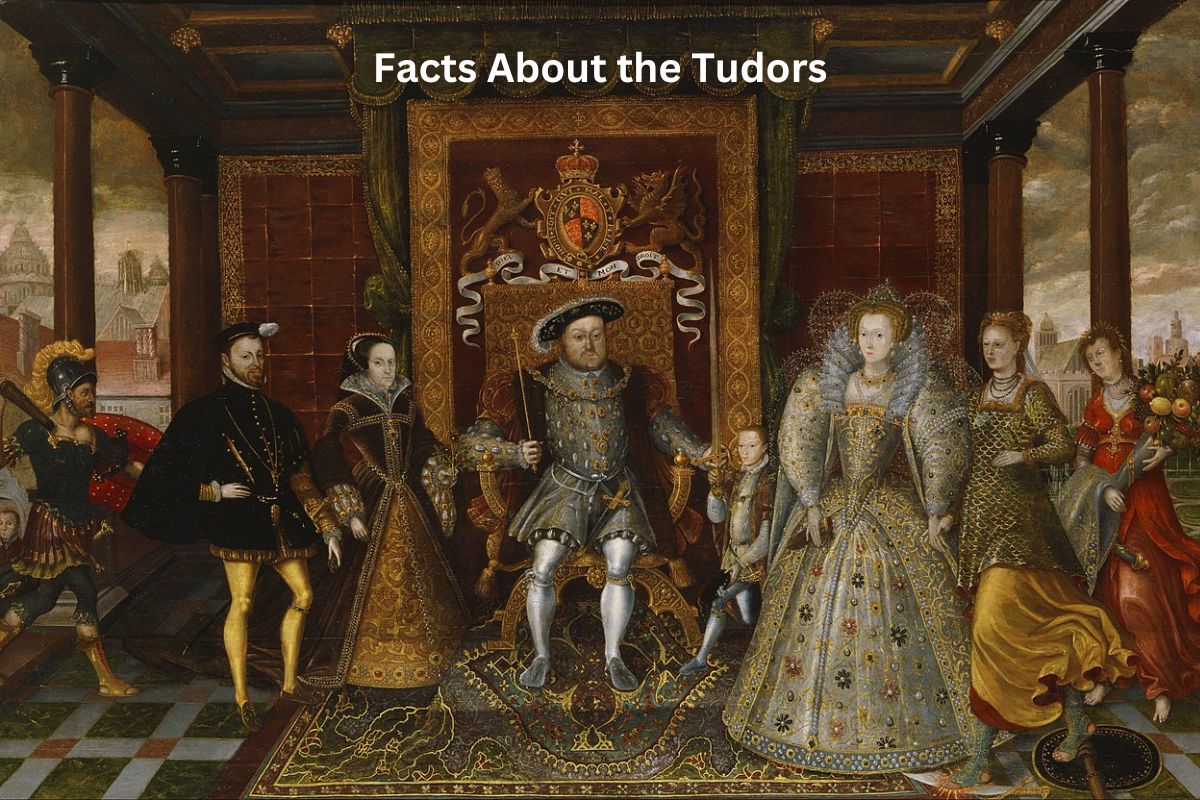The Tudors, who ruled England from 1485 to 1603, were a significant dynasty known for key developments in politics, religion, and culture.
Their era began with Henry VII’s victory at the Battle of Bosworth Field, leading to the end of the Wars of the Roses. Henry VII centralized power and stabilized finances.
The Tudor period saw the English Reformation initiated by Henry VIII’s desire for an annulment, resulting in the Church of England’s formation.
Culturally, it marked the English Renaissance with figures like Shakespeare and the construction of iconic theaters.
Tudor England also explored and expanded overseas, with figures like Sir Walter Raleigh and Sir Francis Drake. The Tudors’ legacy includes the Church of England, literary excellence, and global influence, making their reign a pivotal chapter in English history.
Tudors Facts
1. The Tudor dynasty began with Henry VII in 1485
The Tudor dynasty was established when Henry Tudor, who later became known as Henry VII, defeated King Richard III at the Battle of Bosworth Field in 1485.
This battle marked the end of the Wars of the Roses, a series of civil wars between the rival houses of Lancaster (symbolized by the red rose) and York (symbolized by the white rose).
Also Read: Tudors Timeline
Henry VII’s victory at Bosworth Field allowed him to claim the English throne. He was crowned as King Henry VII and married Elizabeth of York, symbolically uniting the warring factions by marrying a descendant of the House of York.

2. The Tudor emblem was the red and white Tudor Rose
The Tudor emblem, often referred to as the Tudor Rose or the Union Rose, was a symbol of the reconciliation between the House of Lancaster and the House of York.
This emblem combined the red rose of Lancaster and the white rose of York into a single, red and white rose. It was a visual representation of the end of the Wars of the Roses and the beginning of the Tudor dynasty’s rule, signifying unity and peace.
3. Henry VIII had six wives, including Anne Boleyn and Catherine of Aragon
King Henry VIII, one of the most famous Tudor monarchs, is often remembered for his six marriages. His marital history had profound consequences for England’s religious and political landscape.
Henry’s first wife was Catherine of Aragon, whom he married in 1509. His desire to annul this marriage, as Catherine had not produced a male heir, led to a conflict with the Pope and the English Reformation.
Anne Boleyn became Henry’s second wife after his marriage to Catherine was annulled. Her marriage to Henry resulted in the English Church breaking away from the authority of the Pope, leading to the creation of the Church of England.
Jane Seymour, Henry’s third wife, gave birth to his only male heir, Edward VI, but she died shortly afterward.
Henry’s subsequent marriages to Anne of Cleves, Catherine Howard, and Catherine Parr each had their own unique circumstances and outcomes, contributing to the complexity of his personal life and the religious and political changes in England.
4. The English Reformation began during Henry VIII’s reign
The English Reformation was a religious and political movement that began during the reign of Henry VIII (1509-1547). It had profound consequences for England’s religious landscape and its relationship with the Catholic Church.
The English Reformation was primarily driven by Henry VIII’s desire to annul his first marriage to Catherine of Aragon, as she had not produced a male heir. When the Pope refused to grant the annulment, Henry took matters into his own hands.

In 1534, the Act of Supremacy was passed, declaring Henry VIII as the Supreme Head of the Church of England, effectively breaking the English Church away from the authority of the Pope in Rome.
This move allowed Henry to annul his marriage to Catherine and marry Anne Boleyn. It also marked the beginning of the Church of England, which retained some Catholic traditions but underwent significant changes, ultimately becoming a Protestant denomination during the reigns of Henry’s successors.
5. Elizabeth I ruled for 45 years, known as the Elizabethan Era
Elizabeth I, daughter of Henry VIII and Anne Boleyn, is one of the most iconic Tudor monarchs. She ascended to the throne in 1558 and reigned for 45 years until her death in 1603. Her reign is known as the Elizabethan Era.
Elizabeth’s reign is often celebrated as a time of remarkable cultural, artistic, and economic growth. It saw the flourishing of English literature and theater, with William Shakespeare, Christopher Marlowe, and other playwrights creating enduring works.
Elizabeth’s foreign policy was marked by her reluctance to marry or enter into alliances that might compromise England’s sovereignty. She skillfully navigated the delicate balance of power in Europe and successfully defended England against external threats, such as the Spanish Armada.
6. The Spanish Armada was defeated by England in 1588
In 1588, during the reign of Elizabeth I, the Spanish Armada, a formidable naval fleet sent by King Philip II of Spain, attempted to invade England. The conflict arose from religious and political tensions between Catholic Spain and Protestant England.
The English navy, led by commanders like Sir Francis Drake, Sir John Hawkins, and Lord Howard of Effingham, engaged the Spanish Armada in a series of battles in the English Channel.
The English forces used smaller, more maneuverable ships and launched fire ships, causing confusion and damage among the Spanish fleet. Bad weather also played a role in the defeat of the Armada.
The Spanish Armada’s defeat was a significant turning point in European history. It marked the decline of Spanish naval power and the rise of England as a formidable naval and colonial power. It also symbolized England’s resistance to Catholic Spain’s attempt to reassert Catholicism in Protestant England.
7. The Tudor succession included Edward VI, Mary I, and Elizabeth I
The Tudor succession was marked by a series of monarchs who belonged to the Tudor family. After Henry VII, his son Henry VIII succeeded him in 1509.
Henry VIII’s reign was characterized by his six marriages and the English Reformation. His son, Edward VI, ascended to the throne after him in 1547 but died young, at the age of 15, in 1553. Edward’s reign saw the further establishment of Protestantism in England.

Edward’s half-sister Mary I, also known as “Bloody Mary” due to her persecution of Protestants, became queen in 1553 and aimed to restore Catholicism. Her reign was marked by religious strife and the execution of prominent Protestant leaders.
Upon Mary’s death in 1558, Elizabeth I became queen, and her reign brought stability and the establishment of the Church of England as a moderate Protestant institution. She is often seen as one of England’s greatest monarchs.
8. Tudor explorers like Sir Francis Drake and Sir Walter Raleigh expanded English influence
During the Tudor era, England began exploring and expanding its influence overseas. This period witnessed significant voyages of exploration and colonization.
Sir Walter Raleigh, a prominent figure of the Tudor era, sponsored expeditions to the New World, including Roanoke Island, which became known as the “Lost Colony.”
Sir Francis Drake was another famous Tudor explorer who circumnavigated the globe and played a significant role in England’s naval victories, such as the defeat of the Spanish Armada.
These explorations laid the groundwork for England’s later colonial empire and global trade dominance during the following centuries.
9. William Shakespeare lived during the Tudor period and wrote famous plays
William Shakespeare, often referred to as the Bard of Avon, lived during the Tudor period and is one of the most celebrated playwrights and poets in history.
Shakespeare’s works, including tragedies like “Hamlet” and “Macbeth” and love stories like “Romeo and Juliet,” continue to be performed and studied worldwide. His contribution to English literature and theater is immeasurable.
The Globe Theatre, where many of Shakespeare’s plays were performed, became an iconic symbol of Tudor-era theater and remains influential in the world of drama.
10. Tudor fashion was known for its elaborate style, including ruffled collars and rich fabrics
Tudor fashion was known for its distinctive and elaborate style, which varied depending on one’s social status.
Rich fabrics such as velvet, silk, and satin were favored, and clothing was often adorned with intricate embroidery, jewels, and fur.
Ruffled collars, known as ruffs, were a prominent feature of Tudor fashion, and they could be quite extravagant in size.
Men and women both wore garments that emphasized wide shoulders and a narrow waistline. Men often wore doublets and hose, while women wore gowns with voluminous skirts.
Fashion was an essential aspect of Tudor society, and the sumptuary laws regulated what types of clothing individuals could wear based on their social rank.
